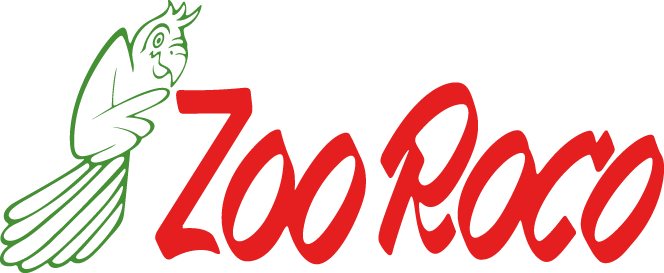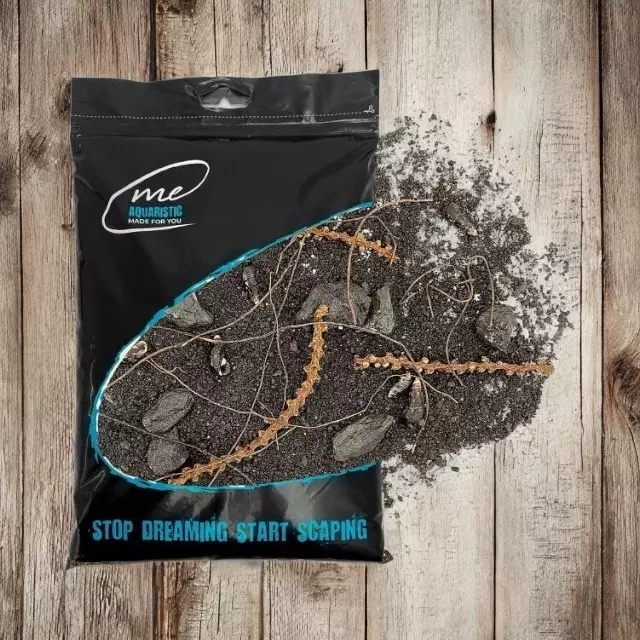Product information "Glossostigma Elatinoides"
Glossostigma Elatinoides, is a foreground plant with strikingly strong green leaves. Under strong light conditions, it grows quickly and covers the ground densely.
- Difficulty of growing: demanding
- Light requirements: high
- CO₂ requirements: high
- Height of mature plant: up to 3 cm
- Growth rate: fast
- Temperature: 18-28°C
- Placement in aquarium: Foreground
- Origin: Australia and New Zealand
- Cup diameter: 6 cm
Glossostigma Elatinoides is a showy green turf plant that is popular with aquascarpers to establish a lawn. It spreads by sprouting. An ideal plant for the foreground of an arrangement.
Glossostigma Elatinoides (Australian Hymenoptera), called Glosia, is one of the smallest aquarium plants, reaching a height of 2-3 cm. It is therefore suitable for nano aquariums. It often forms a lawn in the foreground of the aquarium.
It needs lots of light to reach an optimal condition. With little or no phosphorus, it tends to grow tall. It likes supplementation with macronutrient fertilizers. A good quality granular substrate and CO₂ fertilization are necessary for its growth.
Glossostigma elatinoides is planted in the substratein clumps at small intervals of 1-2 cm. The best cultivation results are obtained in a fertile active substrate.
It multiplies very easily by lateral regrowth. Under favorable conditions, it covers the aquarium with a beautiful, dense carpet. Over time, the rhizomes build on each other. Once a dense turf has formed, you will need to regularly prune it so that it does not detach from the substrate. It is best to use sharp scissors with curved blades for this purpose. Frequent pruning will help the plant compact and grow. As it grows, it will form a uniform group. Glossostigma Elatinoides can also grow in aquariums set up using the dry start method and the Wabi Kusa arrangement.
Planting: The plant must be removed from the cup and thoroughly rinsed from the gel under running water. This is best done by placing the plant in a container of lukewarm water. Most of the gel will then fall off by itself. Divide the contents of the cup into 1-2 cm lumps and then place them at a small distance on the selected items
.



























